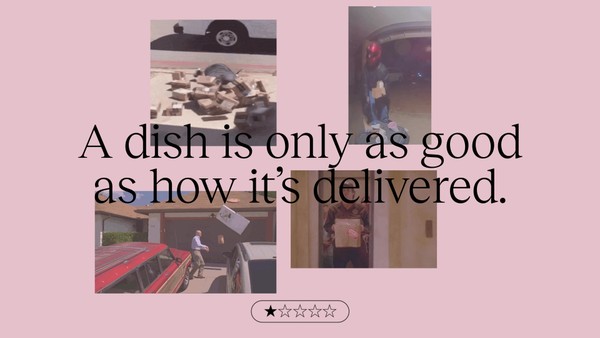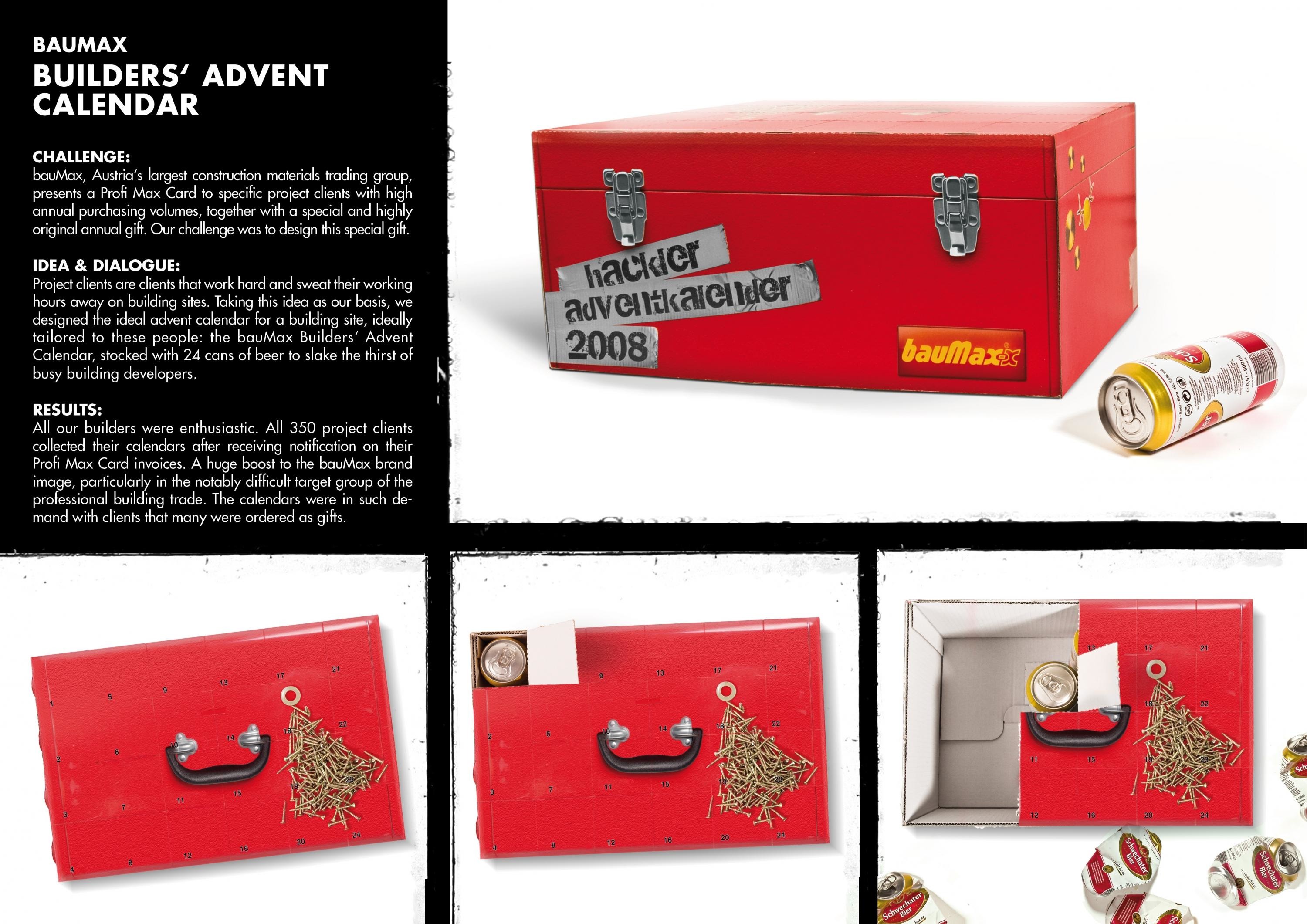Cannes Lions
Building market share for Deliveroo’s grocery delivery service
EPSILON, London / DELIVEROO / 2022
Overview
Entries
Credits
OVERVIEW
Background
As the UK entered its first lockdown in March 2020, forcing sections of the population to shield, limiting access to shops, and putting huge pressure on supermarket online deliveries, Deliveroo saw an opportunity to expand its restaurant delivery service by launching an on-demand grocery service to ensure consumers could still get their essentials. Understanding that the pandemic was accelerating demand for grocery delivery services, it sought to use its early-starter advantage in this area to build market share. But with tight KPIs, Deliveroo recognised that achieving its strategy of driving incremental sales within a £3 CPIO required identifying and targeting highly defined audiences in an increasingly privacy-centric digital world. To accomplish this, Deliveroo approached a global adtech and martech company, which it had worked with since 2019, to support its business growth.
Idea
Deliveroo used individual-level data to deliver personalised messages to people within its three identified audiences. Based on the audience group each individual is eligible to receive, the platform served a real-time, custom-built, personalised ODG creative to engage them and encourage them to order. The creatives are built using a pre-designed base framework that leverages several dynamic elements to construct a display ad personalised to that specific user at the time of impression. This changed everything from the copy, imagery and colour based on the message being served. For Deliveroo, this meant that an individual who had previously purchased ODG could see a completely different ad to a user who had only browsed an ODG restaurant, which would continue to change based on their interactions with Deliveroo over time.
Strategy
Deliveroo placed a flag on its customer buyer file to highlight people who had made two or more on-demand grocery (ODG) purchases in the last 30 days. The flagged group was updated daily and matched against a transaction-verified identity resolution platform of 26.3 million UK consumers. In parallel, the platform also created an attribute against Deliveroo’s buyer file that would flag any individuals who have lost their “existing ODG buyer” status. This attribute was then used for lapsed ODG buyer messaging.
Deliveroo used the data to create three audiences:
1. Existing ODG buyers who had purchased from Deliveroo in the past two years
2. Lapsed buyers flagged as past ODG purchasers who had bought in the last 400 days and had previously visited but abandoned Deliveroo's site and app.
3. Warm prospects who had visited and abandoned an ODG provider on Deliveroo but had not purchased in the last
Outcome
With a marketing investment of £1.07m, the campaign generated 199,853,858 impressions, leading to 759,350 incremental grocery orders and £19.33M in Incremental Revenue for Deliveroo.
Campaign uplift, which was measured quarterly, achieved strong incremental lift, with each quarter over-performing, highlighting the effectiveness of the messaging in driving incremental sales. Critically, the CPIO target exceeded expectations, delivering an average of £1.41 – 53% lower than the £3 goal.
To ensure full transparency around campaign performance, Deliveroo’s partner supplied Deliveroo with daily impression and attributed conversion data that was fed into its multi-touch attribution model and Business Intelligence platform. This gave Deliveroo total confidence that its partner was driving real incremental sales.
The strong campaign performance led Deliveroo rolling out the ODG campaign in France. Deliveroo is further expanding its UK ODG messaging campaign to drive incremental sales by targeting existing Deliveroo buyers who have never placed a grocery order with them.
Similar Campaigns
12 items







